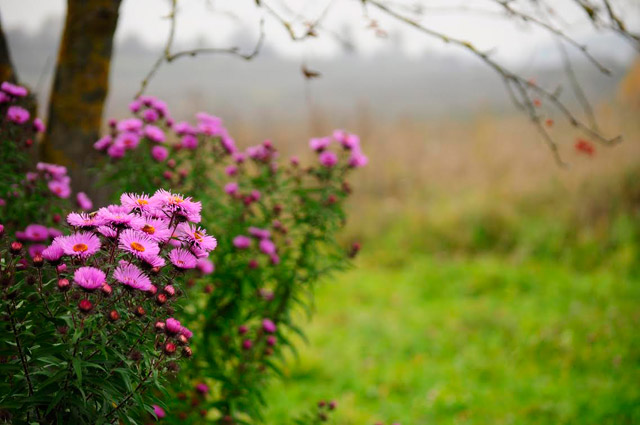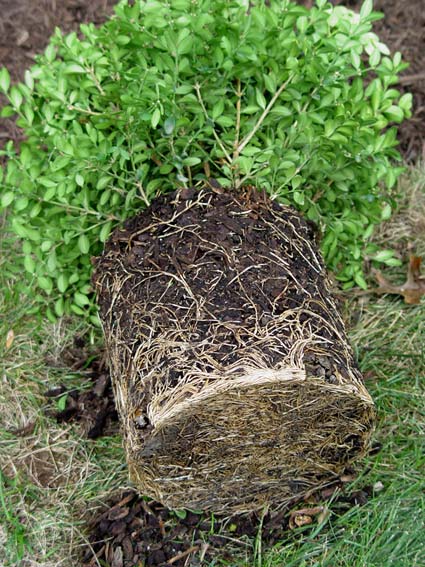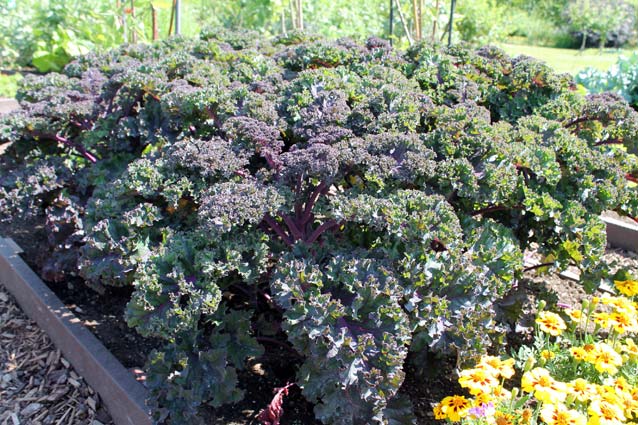Why It’s Good to Leave the Leaves
Don't send fallen leaves out with the trash this fall. Here are some tips to get the benefits of this valuable and free resource for your lawn and garden.

Cooling temperatures and increasing rain are two reasons that make fall a good time to plant most plants.
As summer heat hands off to falling leaves, thoughts of the outdoors tend to turn toward Halloween decorating rather than planting, which is seen more as a spring task. This is ironic, since in many ways planting in fall is better timing than spring planting.

Fall-purchased plants sometimes have circling roots from a summer’s worth of growth confined in a pot. © George Weigel
Fall planting gives two cooler, damper growing periods – fall and spring – before a new plant faces blast-furnace summer conditions. Fall really is a good time to plant most things because:
The bottom line: In most of the United States, the soil stays warm enough to encourage root growth for at least another 6 to 8 weeks, so don’t be too quick to pack away the shovels.
Shop knowledgeably: When plant-shopping this time of year, you’ll run into both fresh fall stock from growers, as well as spring leftovers that may not have had the best care over summer. It is wise to:
Things you can plant now to enjoy right away

Kale is one colorful plant that can only be planted in fall and looks its best then as well. © George Weigel
Things you can plant now that will peak in fall
Species you can plant now to enjoy next spring